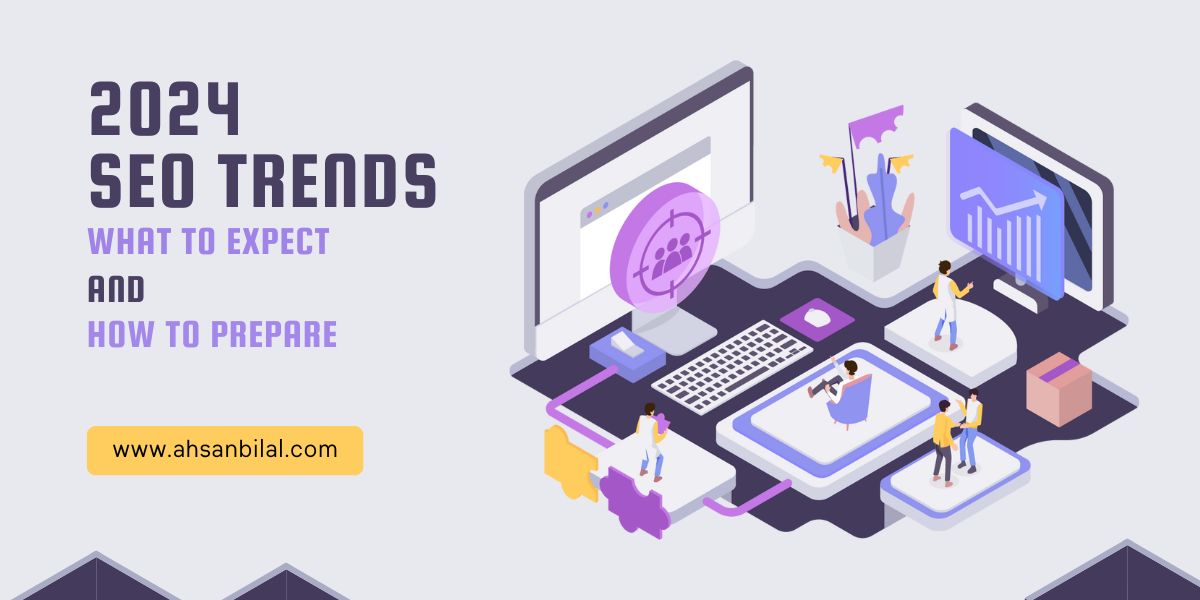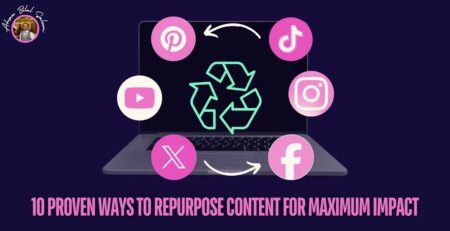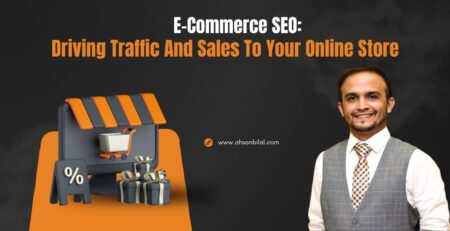eCommerce Hacks: How To Cut CAC Without Killing ROAS
In the ever-evolving world of eCommerce, achieving growth without draining your marketing budget is a balancing act. One of the most critical metrics for any eCommerce business is Customer Acquisition Cost (CAC). But slashing your CAC often risks damaging your Return on Ad Spend (ROAS), which can cripple your profit margins. That’s where smart eCommerce hacks come into play—tactical strategies that help reduce CAC without compromising the revenue you generate from each dollar spent. Let’s dive into some proven eCommerce hacks to cut CAC while preserving, or even improving, your ROAS.
Laser-Focus Your Target Audience
One of the most common mistakes in eCommerce advertising is casting too wide a net. Generic targeting leads to wasted ad spend on users who are unlikely to convert. Instead, build highly specific audience segments using your customer data.
Use lookalike audiences based on high-value customers. Platforms like Facebook and Google allow you to create detailed audience profiles from your best-performing customer data. This ensures your ads are being served to users with similar interests and purchasing behavior, improving the likelihood of conversions and reducing CAC.
Optimize Your Ad Creatives for Conversion
Many brands overlook the importance of strong, scroll-stopping ad creatives. The first impression matters, especially in paid advertising. High-converting ads don’t just look good—they speak directly to the buyer’s problem and present your product as the ideal solution.
Use A/B testing to fine-tune your ad visuals, copy, call-to-actions, and format. A small improvement in click-through rate (CTR) can drastically reduce CAC and boost ROAS. Focus on benefit-driven messaging, user-generated content, and short video formats which tend to perform better across platforms.
Retarget Strategically
Retargeting is not just a luxury—it’s a necessity. Consumers rarely convert on the first visit. By re-engaging warm traffic, you drastically improve your conversion rate without increasing ad spend. But here’s the key: don’t retarget everyone the same way.
Segment your retargeting audiences based on behavior. For example, show product-focused ads to users who abandoned their cart and educational content to those who browsed but didn’t add to cart. Personalizing retargeting helps reduce CAC and improves the effectiveness of each ad impression.
Streamline the Customer Journey
Often, high CAC is a result of friction in the buying journey. If your landing pages are slow, cluttered, or confusing, even the best ad won’t convert. Improving the post-click experience is one of the easiest ways to increase ROAS.
Ensure that your landing pages are fast-loading, mobile-optimized, and contain a clear call to action. Limit distractions and guide the user toward conversion. A seamless path from ad click to purchase reduces drop-offs and makes every advertising dollar count.
Leverage Email and SMS Marketing
Paid ads should not be your only tool to acquire or convert customers. Email and SMS are cost-effective channels to nurture leads, reduce CAC, and drive repeat purchases. Capture emails through popups, lead magnets, or discounts and then use automated flows to guide prospects down the funnel.
Welcome sequences, cart abandonment emails, and post-purchase upsell flows are just a few examples that can dramatically reduce reliance on paid traffic and improve your ROAS over time.
Collaborate with Micro-Influencers
Influencer marketing doesn’t have to drain your budget. Micro-influencers (those with 5K–50K followers) often deliver higher engagement rates than macro influencers and typically charge much less. Their audiences trust their recommendations, making them ideal for promoting niche products.
Instead of spending thousands on one influencer post, partner with several micro-influencers and negotiate performance-based deals. This helps you generate brand awareness and traffic without high upfront costs—effectively lowering your CAC and boosting returns.
Upsell and Cross-Sell Effectively
While CAC focuses on acquiring a customer, ROAS takes into account the total value of the sale. By implementing smart upselling and cross-selling strategies, you can increase the average order value (AOV) and stretch your ad budget further.
Offer product bundles, “frequently bought together” sections, or limited-time upsells at checkout. These tactics maximize the revenue from each acquired customer, helping you maintain a healthy ROAS even as you optimize your CAC.
Focus on High-Intent Keywords
For brands running paid search campaigns, targeting high-intent, long-tail keywords is crucial. While broad keywords attract traffic, they often come with high CPCs and low conversion rates. Instead, use keyword research tools to find buyer-intent phrases that signal readiness to purchase.
For example, instead of bidding on “shoes,” focus on “best running shoes for flat feet.” These keywords may have lower search volume, but they bring in users who are more likely to convert—reducing your CAC and improving your ROAS simultaneously.
Improve Customer Lifetime Value (CLV)
Reducing CAC is just one side of the equation. Increasing the lifetime value of your customers ensures that even a slightly higher CAC is justified. Encourage repeat purchases through loyalty programs, referral incentives, and personalized marketing.
A strong post-purchase experience, including follow-ups, special offers, and helpful content, encourages customers to buy again—improving CLV and making your customer acquisition efforts more profitable in the long run.
Final Thoughts
Cutting CAC without damaging ROAS is all about smart, strategic adjustments—not slashing budgets blindly. By refining your audience targeting, creating high-converting ads, and improving the entire funnel from click to conversion, you can reduce costs and still maximize your revenue.
Success in eCommerce isn’t about spending less; it’s about spending smarter. These eCommerce hacks serve as a blueprint to improve efficiency, build stronger customer relationships, and ultimately grow your business sustainably.










